Common Mayfly (Ephemera vulgata)
The Common Mayfly (Ephemera vulgata) is a widely distributed species of mayfly in the Ephemeridae family. Known for its ephemeral adult stage, Ephemera vulgata plays a crucial role in freshwater ecosystems. Here’s an overview of this fascinating insect:
Description
- Size:
- Adults typically measure around 15 to 20 millimeters in body length, with a wingspan reaching up to 30 millimeters.
- Appearance:
- Body: The body is slender and elongated, with a light brown or yellowish color, often marked with darker spots or stripes.
- Wings: The wings are translucent and veined, with the forewings being larger than the hindwings. The wings have a delicate, lace-like appearance.
- Tails: Adults have two or three long, filamentous tails extending from the abdomen, which are characteristic of many mayfly species.
Lifecycle
- Eggs:
- Females lay their eggs on the surface of water, which then sink to the bottom. The eggs hatch into nymphs after a few weeks.
- Nymphs:
- Habitat: Nymphs, or naiads, live in the sediments of freshwater bodies such as streams, rivers, and lakes. They are burrowers, often found in sandy or muddy substrates.
- Appearance: Nymphs are robust and have gills along the sides of their abdomen. They are well-adapted to their burrowing lifestyle, with flattened bodies that allow them to move through sediment.
- Feeding: Nymphs are detritivores, feeding on organic matter in the sediment, such as decaying plant material.
- Development: The nymphal stage can last for one to two years, depending on environmental conditions, during which they undergo multiple molts.
- Adults:
- Emergence: The adult stage is very short-lived, lasting only a few days. Emergence typically occurs in late spring or early summer.
- Mating: Adults do not feed; their sole purpose is to reproduce. Males perform a characteristic swarming flight to attract females. After mating, females lay eggs, and both sexes die shortly afterward.
- Life Span: The adult lifespan is brief, typically lasting only a few hours to a couple of days, which is why mayflies are often associated with the idea of ephemerality.
Habitat
- Distribution:
- Ephemera vulgata is found across Europe and parts of Asia. It inhabits clean, well-oxygenated freshwater environments.
- Preferred Habitat:
- Prefers rivers, streams, and lakes with sandy or muddy bottoms where the nymphs can burrow. Clean water with minimal pollution is essential for their survival.
Ecological Importance
- Indicator Species:
- The presence of Ephemera vulgata is an indicator of good water quality. Their sensitivity to pollution makes them valuable in monitoring the health of freshwater ecosystems.
- Food Source:
- Nymphs are an important food source for various aquatic predators, including fish, amphibians, and other invertebrates. The emergence of adults provides a significant food resource for birds and bats.
Conservation Status
- Threats:
- Ephemera vulgata populations are vulnerable to water pollution, habitat destruction, and changes in water quality, such as increased sedimentation or decreased oxygen levels.
- Conservation Efforts:
- Efforts to conserve mayfly populations include protecting and restoring freshwater habitats, reducing pollution, and maintaining natural water flow regimes.
Summary
The Common Mayfly (Ephemera vulgata) is an essential species in freshwater ecosystems, known for its distinctive life cycle that includes a prolonged nymphal stage and a brief adult stage. Found in clean, well-oxygenated waters, this species serves as both a vital food source for many aquatic and terrestrial predators and as an indicator of environmental health. The conservation of Ephemera vulgata is closely linked to the preservation of high-quality freshwater habitats, making it an important focus for ecological conservation efforts.
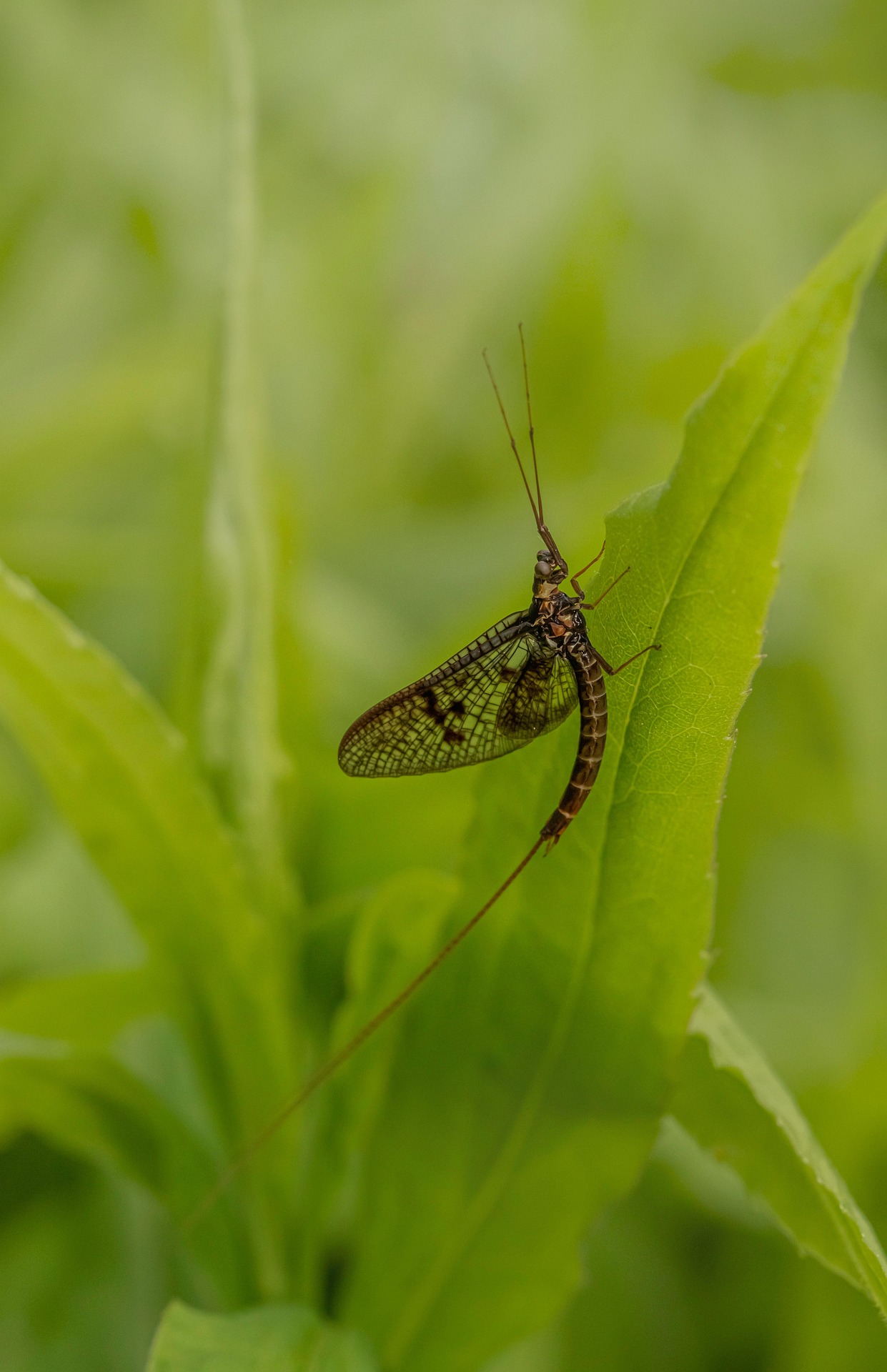

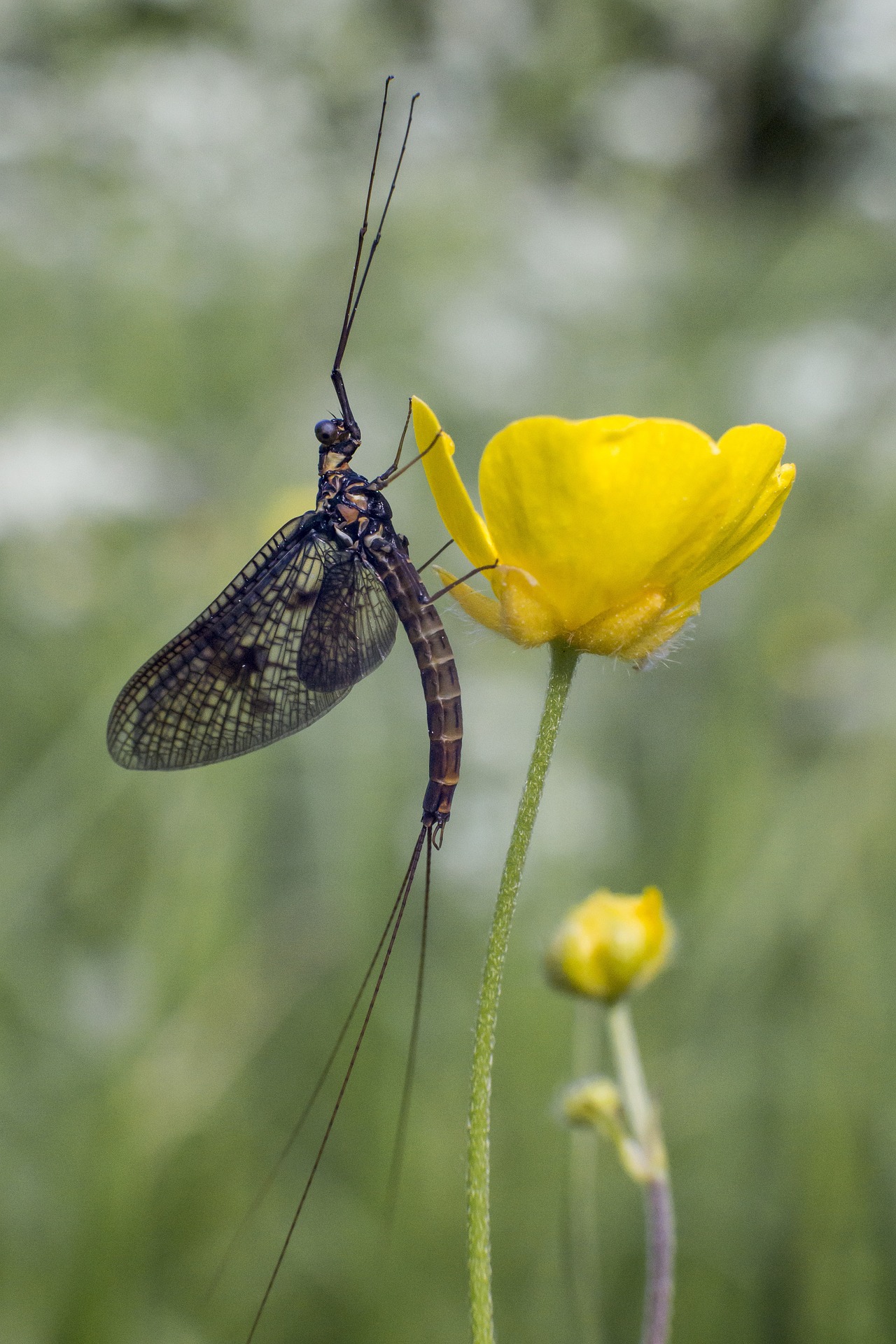
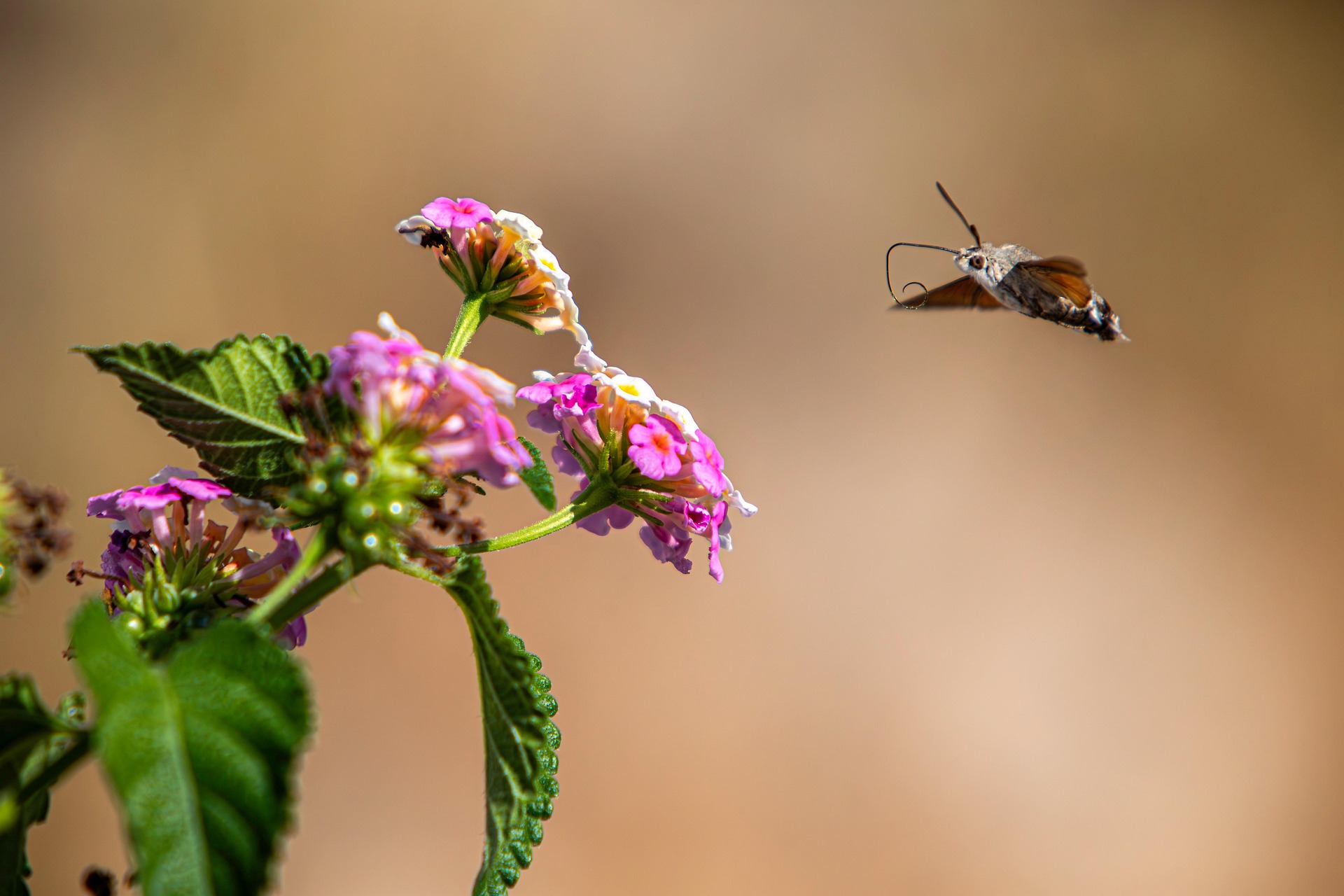
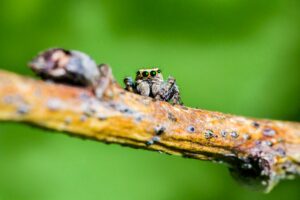
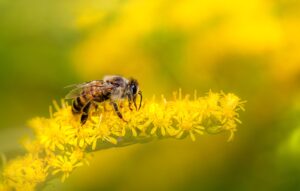
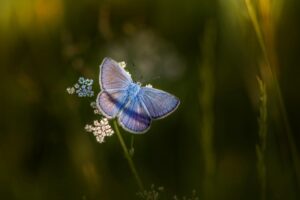
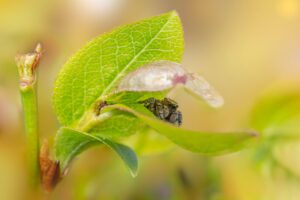
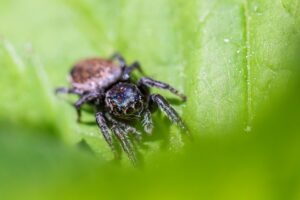
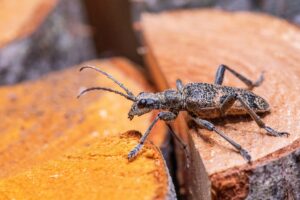
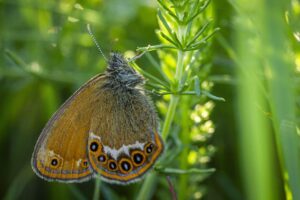
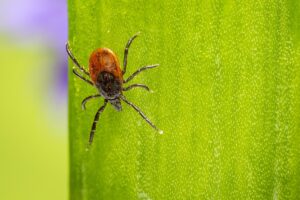
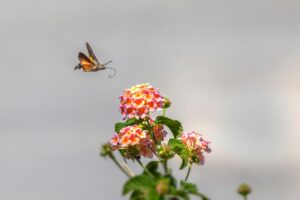

Post Comment